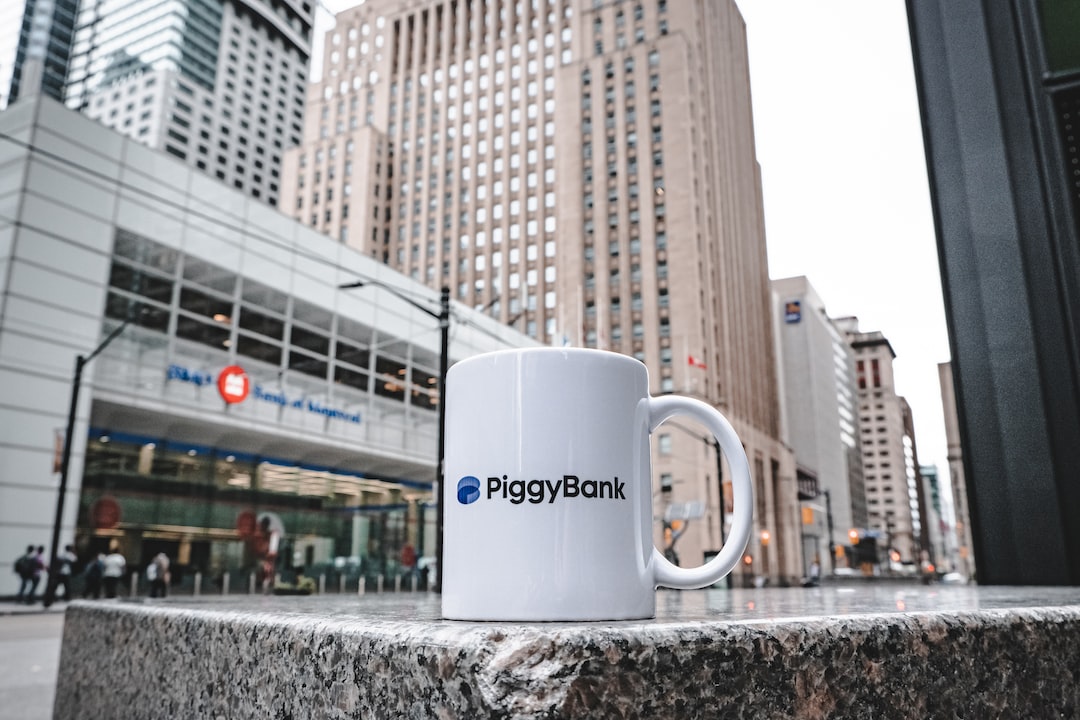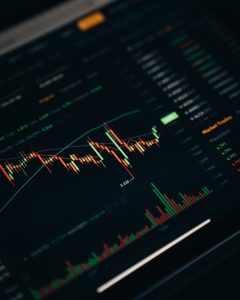Forex trading is the buying and selling of currencies in the foreign exchange market. It is one of the largest financial markets in the world, with trillions of dollars being traded every day. As a result, forex trading is a 24-hour market that operates around the clock, from Sunday evening to Friday afternoon. However, not all hours of the day are equal when it comes to trading forex. In this article, we will explore the best hours of the day for forex trading, and why they matter.
The forex market operates in different time zones, and these time zones are divided into three main trading sessions: the Asian session, the European session, and the US session. Each of these sessions has its own unique characteristics, and traders need to understand how these sessions operate to make informed trading decisions.
The Asian session is the first trading session of the day, and it starts at 9 pm GMT on Sunday and ends at 8 am GMT on Monday. This session is dominated by the Japanese yen, and trading activity is usually slow and low volume during this time. However, there are some major economic releases from Japan and other Asian countries that can cause volatility in the market. Traders who prefer low volatility and are interested in trading the yen and other Asian currencies may find this session suitable.
The European session is the second trading session of the day, and it starts at 7 am GMT and ends at 4 pm GMT. This session is dominated by the euro and the pound, and it is the most active trading session of the day. The European session overlaps with the Asian session for a few hours, which can cause increased volatility in the market. Traders who prefer high volatility and are interested in trading the euro and the pound may find this session suitable.
The US session is the third trading session of the day, and it starts at 12 pm GMT and ends at 9 pm GMT. This session is dominated by the US dollar, and it is the second most active trading session of the day. The US session overlaps with the European session for a few hours, which can cause increased volatility in the market. Traders who prefer high volatility and are interested in trading the US dollar may find this session suitable.
Now that we have discussed the different trading sessions, let’s explore why the timing of forex trading matters. The timing of forex trading can affect the liquidity, volatility, and spreads of the market. Liquidity refers to the ease of buying and selling currencies in the market. High liquidity means that there are many buyers and sellers in the market, and it is easy to execute trades. Low liquidity means that there are few buyers and sellers in the market, and it is difficult to execute trades.
Volatility refers to the degree of price movement in the market. High volatility means that prices are fluctuating rapidly, and there is a higher chance of making profits or losses. Low volatility means that prices are stable, and there is a lower chance of making profits or losses.
Spreads refer to the difference between the bid price and the ask price of a currency pair. The bid price is the price at which a trader can sell a currency, while the ask price is the price at which a trader can buy a currency. The spread represents the cost of trading, and it can affect the profitability of trades. Low spreads mean that the cost of trading is low, while high spreads mean that the cost of trading is high.
The timing of forex trading can affect the liquidity, volatility, and spreads of the market. For example, during the Asian session, trading activity is low, and liquidity is reduced. As a result, spreads may be wider, and volatility may be lower. During the European and US sessions, trading activity is high, and liquidity is increased. As a result, spreads may be tighter, and volatility may be higher.
In conclusion, the timing of forex trading matters, and traders need to understand the different trading sessions to make informed trading decisions. The best hours of the day for forex trading depend on the trader’s preferences and the currency pairs they are interested in trading. Traders who prefer low volatility and are interested in trading the yen and other Asian currencies may find the Asian session suitable. Traders who prefer high volatility and are interested in trading the euro and the pound may find the European session suitable. Traders who prefer high volatility and are interested in trading the US dollar may find the US session suitable. Ultimately, traders need to find the best hours of the day that suit their trading style and strategy.





